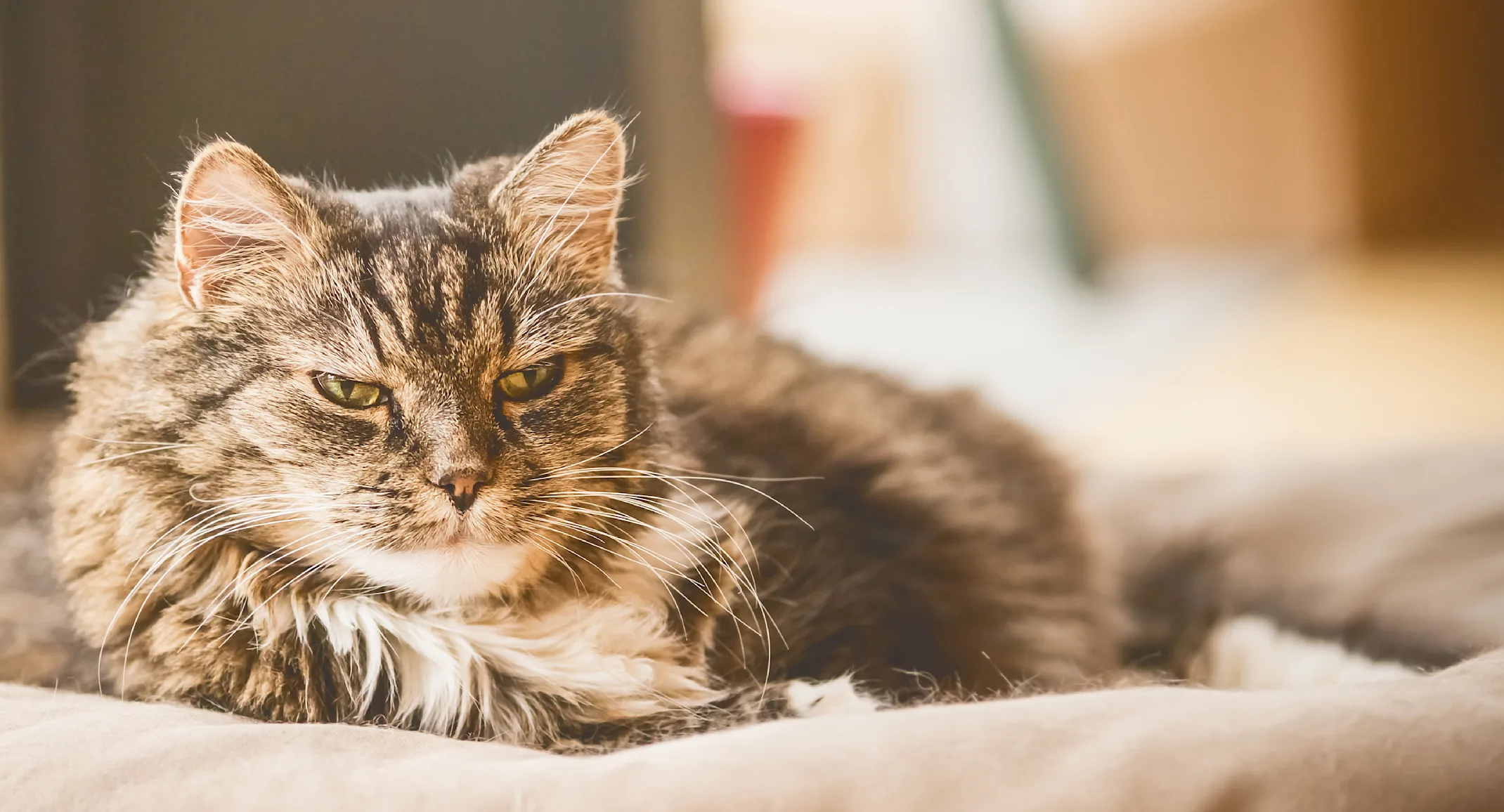Hoppy and the Lasting Limp
General

She had been limping on her right rear leg and we noted a large wound on her skin in that area. We suspected she had likely been hit by a car at some point. X-rays of her leg revealed a significant likely irreparable injury. Ultimately the decision was made to amputate Hoppy’s right hind leg. There are many reasons limb amputations are performed such as cancer in the leg, trauma or even birth defects. There are multiple ways to perform a rear leg amputation in an animal. In this case, we opted to remove the leg entirely rather than leaving a portion of the femur. Leaving part of the femur can allow for better symmetry and more muscle/fat padding in certain cases. In a limb amputation surgery often times the leg is hung from a vertical position to allow for easy manipulation as well as full sterile prep. Cleanliness is key in all surgeries but especially when bone is involved. For the surgery itself an inverted U-shaped incision was made through the skin at approximately mid femur. Once through the skin the muscles were dissected. Any nerves (namely the sciatic) encountered were numbed using injectable lidocaine. Any blood vessels encountered (most importantly the femoral artery and vein) were tied off. Once the area of the hip joint was reached the joint capsule was pierced with a scalpel blade allowing the leg to be detached from the body. The muscle layers where then tied back together in a way to ensure there would be a padded area especially right over the joint (otherwise rubbing and discomfort could occur) and the skin was then replaced. Limb amputation is a great option for many of our animal patients. Hoppy healed very well from her surgery, she almost immediately was able to be much more mobile. In general she was more comfortable with the fractured limb no longer holding her back. She was recently adopted and her new family loves her.
